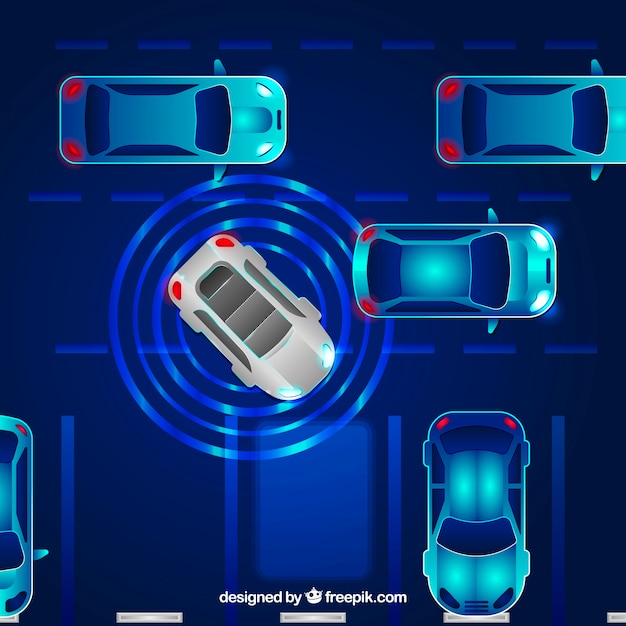Mentor Unveils Blueprint for Achieving Level Five Autonomous Driving

Mentor, previously known as Mentor Graphics before being acquired by Siemens, is now simply called Mentor and has spent the past two years developing the DRS360 platform. The goal is to support tier-one suppliers and car manufacturers in achieving their autonomous driving ambitions by providing a system that captures, merges, and processes raw sensor data in real-time.
Andrew Patterson, the director of automotive business development at Mentor, explained, “We saw a lot of excitement around autonomous driving, so two years ago, we embarked on creating a relevant platform.” This new initiative combines both hardware and software, with a significant part of the hardware originating from XS Embedded, a company Mentor acquired in 2014.
The DRS360 platform takes data from a variety of sensors, such as radar, lidar, and cameras. Unlike conventional systems that process each data stream separately—which can delay responses and compromise data quality—the DRS360 processes raw, unfiltered data to create a comprehensive image of the surroundings. Patterson noted that this approach boosts accuracy and performance while maintaining low power consumption.
All raw sensor data are sent to a central processing unit, where they are fused in real-time without any pre-processing. Removing pre-processing microcontrollers from the sensor nodes offers numerous benefits, including real-time response, reduced system cost and complexity, and a highly detailed model of the vehicle’s environment. To further minimize latency, the platform’s efficient data transport design cuts down on physical bus structures and complex network interfaces. This architecture also supports adaptable redundancy and dynamic resolution, improving accuracy and reliability by using centralized, unfiltered data.
The software, algorithms, and compute-optimized neural networks for machine learning run smoothly on this automotive-grade platform. Designed for production, the system meets the stringent safety, cost, power, thermal, and emissions standards necessary for ISO 26262 ASIL D-compliant systems. Initial data processing occurs in an FPGA, specifically the Xilinx Zynq UltraScale+ MPSoC, in collaboration with SoCs and safety controllers based on either x86 or Arm architectures.
Arun Iyengar, Xilinx Vice President, commented, “Mentor Automotive’s approach to real-time raw sensor data fusion is an innovative step for automated driving developers. With its flexibility, efficient power usage, and optimized signal processing capabilities, the Zynq UltraScale+ MPSoC family is perfect for these applications, facilitating data capture, pre-processing, and fusion from multiple sensors.”
Although Mentor envisions the DRS360 scaling to full Level 5 autonomous driving, Patterson indicated that their current focus is on Levels 3 and 4. “We’re encouraging tier-one suppliers and OEMs to integrate their own algorithms. The platform serves as a springboard to help them get to market faster,” he said. They plan to conduct live trials in collaboration with several tier-one suppliers and OEMs from Germany, North America, and Asia during the second half of this year.
Patterson emphasized, “Our design keeps production requirements at the forefront, adhering to automotive design rules and certifiable up to ASIL D.”